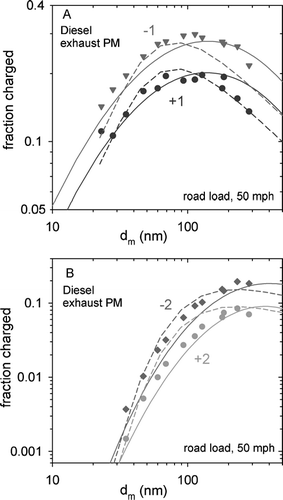Figures & data
FIG. 2 Typical soot size distributions used in this work: premixed ethylene flame at Φ = 2.1, sampled at 20 mm above the burner and allowed to coagulate for 1 and 20 s. Arrows illustrate the preferred relationship between size distribution and selected size for the examples of ∼ 70 nm and ∼ 250 nm particles.
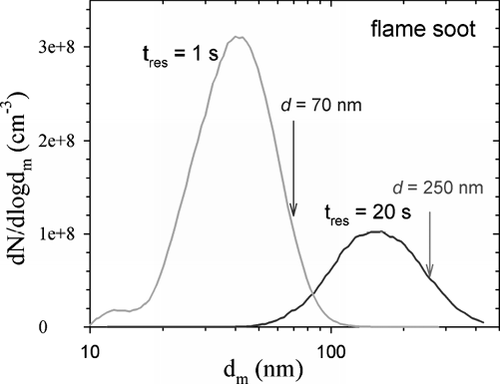
FIG. 3 Charging efficiency versus aerosol flow rate through 210Po neutralizer (ADI housing) for 45 nm PAO oil droplets.
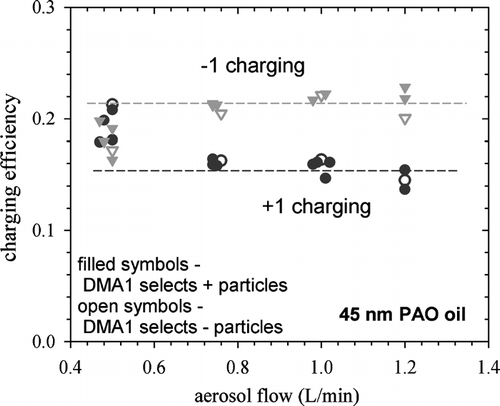
FIG. 4 Bipolar charging of PAO oil droplets. Upper panel: z = ± 1. Lower panel: z = ± 2. Solid symbols represent experimental data from this work; open symbols are data from CitationWiedensohler et al. (1986). Solid lines represent best log-log fits of the data to third order polynomials. Dashed lines depict Fuchs model predictions.
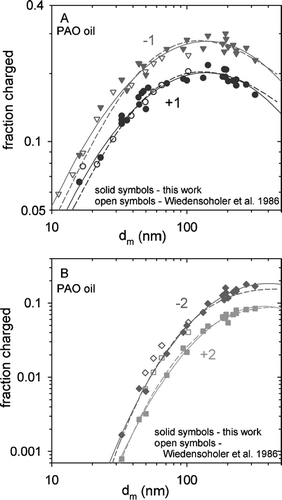
TABLE 1 Bipolar charging efficiency parameterizations: f z = 10∑limits k a z,k log (d m ) k
FIG. 5 Triply charged particles. Top panel: PAO oil droplets. Solid lines depict Fuchs model predictions. Dashed lines are polynomial best fits. Bottom panel: flame generated soot. Solid lines are from the Fuchs model. Dashed lines show predictions from the charging theory for fibrous aerosols of CitationWen et al. (1984a) using d 0 = 17 nm.

FIG. 6 Bipolar charging of flame generated soot aggregates. Upper panel: z = ± 1. Lower panel: z = ± 2. Symbols represent experimental data. Solid lines depict the best fits to the spherical particle data from . Dashed lines show predictions from the charging theory for fibrous aerosols of CitationWen et al. (1984a) using d 0 = 17 nm.
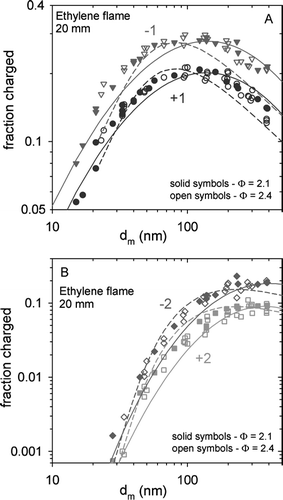
FIG. 7 TEM images of mobility size selected soot particles. (a) d m = 200 nm. (b) d m = 100 nm. (c) d m = 50 nm. (d) d m = 25 nm.
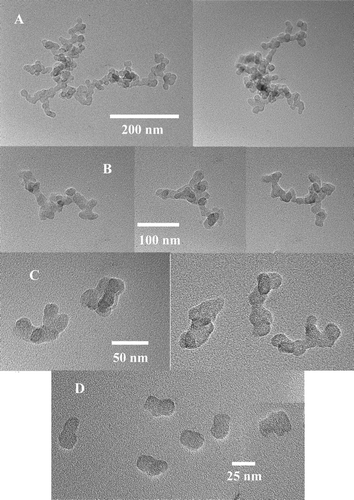
FIG. 8 Bipolar charging of diesel engine exhaust particulate matter. Upper panel: z = ± 1. Lower panel: z = ± 2. Symbols represent experimental data. Solid lines depict the best fits to the spherical particle data from . Dashed lines show predictions from the charging theory for fibrous aerosols of CitationWen et al. (1984a) using d 0 = 17 nm.
